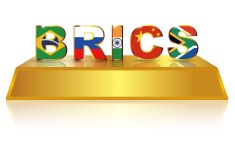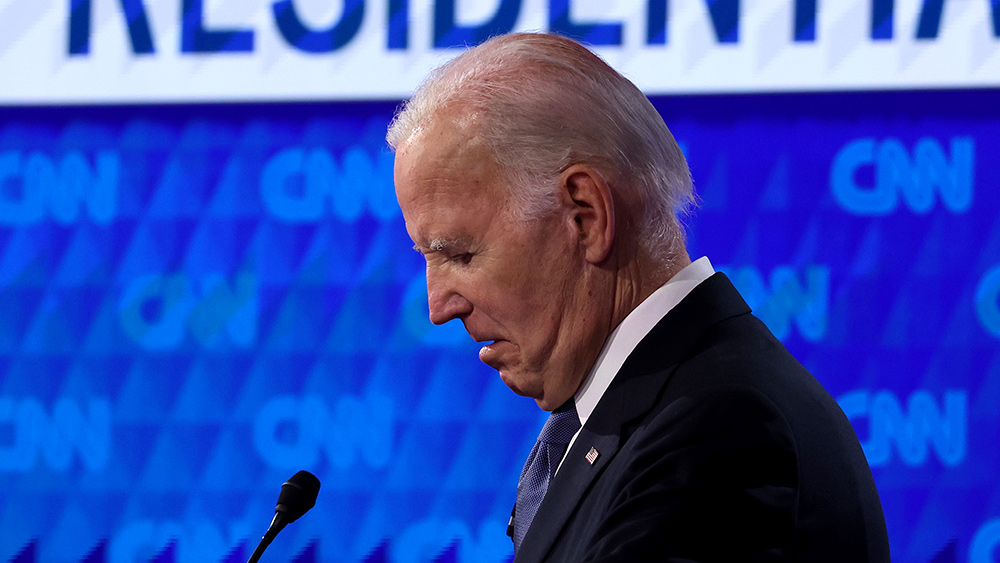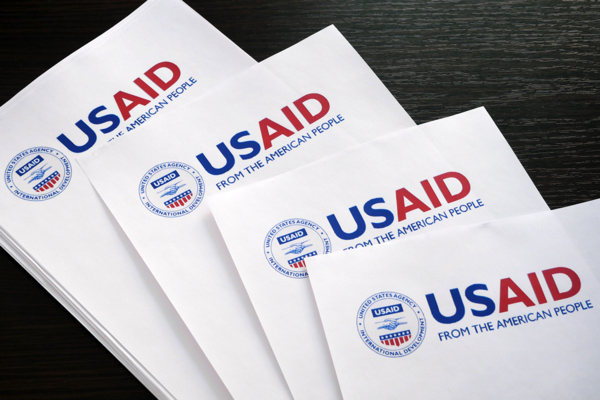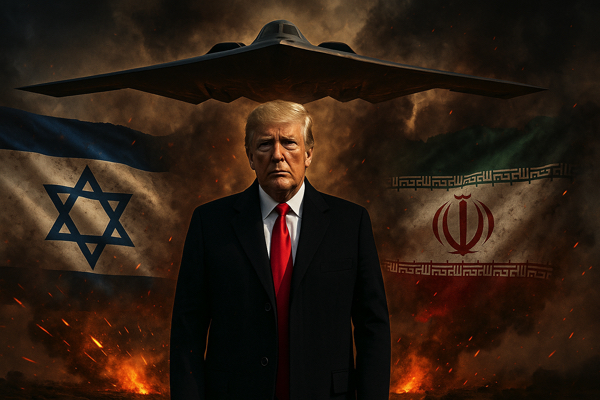BRICS nations forge financial independence as Russia accelerates global de-dollarization movement
07/09/2025 / By Lance D Johnson
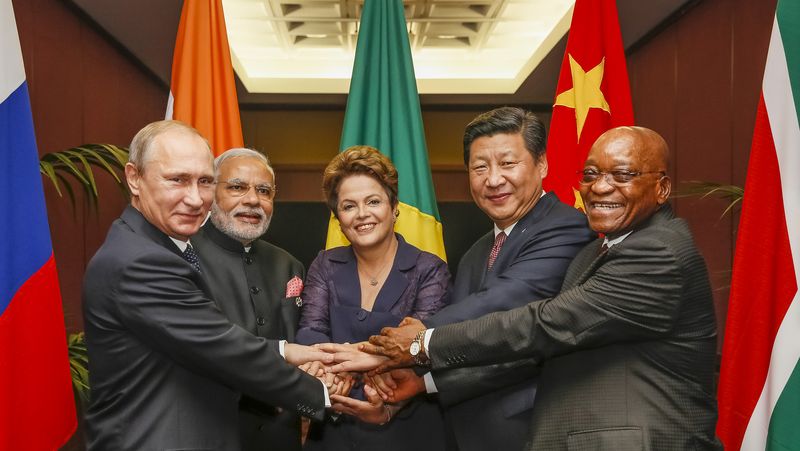
The global financial order is undergoing a seismic shift, and the BRICS alliance — comprising Brazil, Russia, India, China, South Africa, and now expanded to include Egypt, Ethiopia, Iran, and the UAE — is leading the charge. With mounting distrust in the U.S. dollar’s dominance and growing resentment toward Western financial weaponization, BRICS nations are aggressively pursuing alternatives that sideline the dollar and shield member economies from Washington’s coercive sanctions. As Russian Finance Minister Anton Siluanov declared to RT, national currencies offer BRICS nations a lifeline — a system unshackled from Western manipulation and capable of resisting political pressure. The timing is no coincidence: With U.S. sanctions freezing Russia’s foreign reserves and restricting SWIFT access, Moscow has accelerated efforts to dismantle the dollar’s supremacy, reinforcing alliances that threaten the bedrock of Western financial control.
Key points:
- BRICS is rapidly advancing de-dollarization, with Russia pushing for trade settlements in national currencies rather than the U.S. dollar.
- The New Development Bank (NDB), BRICS’ financial institution, is crafting sanctions-proof mechanisms to bypass Western financial infrastructure.
- Nearly 90% of Russia-China trade ($227 billion in 2023) is now settled in rubles and yuan — a stark rejection of dollar dependency.
- China is accelerating its divestment from U.S. Treasuries, dumping $53.3 billion in Q1 2024 while bolstering gold reserves as a hedge against dollar instability.
- Over 50 countries have expressed interest in joining BRICS, signaling a growing revolt against Western financial hegemony.
The rise of a sanctions-proof financial system
Since the West froze $300 billion of Russia’s foreign reserves in 2022, Moscow has pivoted decisively toward self-reliance. Siluanov emphasized to RT that transactions processed through direct bank links — bypassing SWIFT and dollar clearinghouses — ensure “reliability and independence from Western lending institutions.” This defiance isn’t theoretical: Russia’s Central Bank Governor Elvira Nabiullina has spearheaded alternatives like SPFS (Russia’s SWIFT counterpart) while negotiating yuan-ruble trade pipelines with Beijing. “Western infrastructure can suspend payments at any moment,” Siluanov warned — a reality BRICS aims to eliminate.
China, sensing vulnerability after U.S. sanctions on Huawei and semiconductor bans, has mirrored this urgency. Beijing’s gold reserves surged to 2,264 tons in early 2024, while its Treasury sell-off accelerated. As Goldman Sachs noted, the yuan’s share in global payments has doubled since 2019—a deliberate erosion of dollar dominance.
BRICS Pay and the death of dollar diplomacy
Beyond gold and local currencies, BRICS is constructing a parallel financial architecture. Discussions around a blockchain-based “BRICS Pay” system — enabling CBDCs (central bank digital currencies) for cross-border trade — could cripple Washington’s ability to enforce sanctions via dollar leverage. Siluanov confirmed the NDB is prioritizing “Western-free” settlements, ensuring members aren’t hostage to political whims.
The implications are profound: if BRICS Pay succeeds, nations targeted by U.S. sanctions — from Iran to Venezuela — could transact freely without dollar intermediation. Already, Argentina and Brazil have approved yuan-based trade, while Ethiopia’s BRICS admission signals Africa’s rejection of IMF austerity traps.
Why the West can’t ignore the rebellion
The dollar’s supremacy rests on petrodynamics and military might, but BRICS is untethering both. Saudi Arabia, long the linchpin of petrodollar recycling, now accepts yuan for oil. Meanwhile, NATO’s Ukraine gambit backfired: Russia’s ruble, once deemed worthless by the West, has stabilized through BRICS trade channels.
Washington’s response — bullying Chinese banks to cut Russia ties — only fuels the revolt. As Putin noted, Sino-Russian trade hit $245 billion in 2023, with yuan/ruble deals proving sanctions are a spent weapon. BRICS isn’t just avoiding the dollar; it’s exposing the fragility of a system built on coercion.
The question isn’t whether de-dollarization will happen — but how fast. With 30+ nations eyeing BRICS membership, the alliance’s expansion mirrors the fall of the gold standard. The West’s financial dominance, like its military-industrial complex, faces an existential threat — one built not in Brussels or D.C., but in the vaults of Moscow and Beijing.
Sources include:
Submit a correction >>
Tagged Under:
alternative finance, BRICS, central banks, China, De-dollarization, economic freedom, economy, finance, geopolitics, Global South, Gold Reserves, national currencies, New Development Bank, ruble, Russia, sanctions, SWIFT, trade, Us Dollar, yuan
This article may contain statements that reflect the opinion of the author
RECENT NEWS & ARTICLES
COPYRIGHT © 2017 RESIST NEWS

